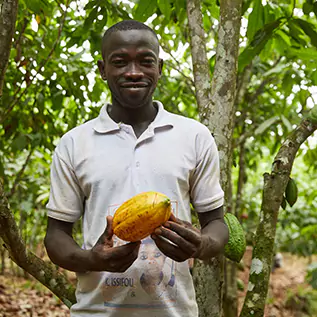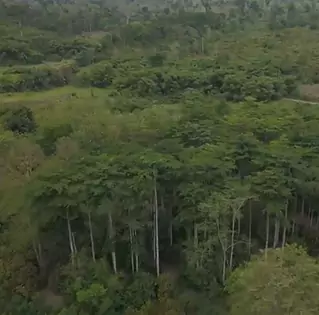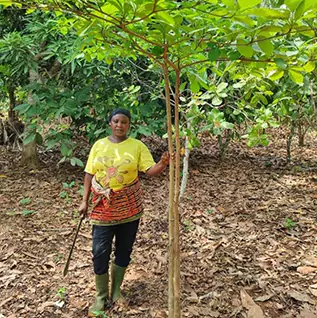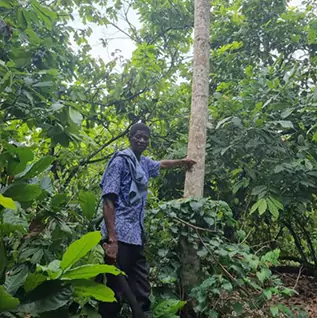Deforestation: what I’ve learned from 30 years of working in cocoa-growing landscapes in West Africa
By Léonie Bonnehin-Verrier, Head of Cocoa Agroforestry for West Africa, ofi
Six years ago, major cocoa and chocolate companies, including ofi, came together with the governments of Côte d’Ivoire and Ghana and the World Cocoa Foundation with the shared goal of eliminating deforestation and restoring degraded forests. The Cocoa & Forests Initiative (CFI) was born to help drive collective action and investment, from improving traceability to addressing deforestation risks to new government policies, building on existing company efforts to address some root causes.
But what does the initiative really mean for a cocoa farmer in West Africa? A farmer with only a small plot of land, who is struggling to grow enough cocoa to earn a living income and support their family. Talk of collective action or industry change can often seem remote from the daily challenges that they face.




